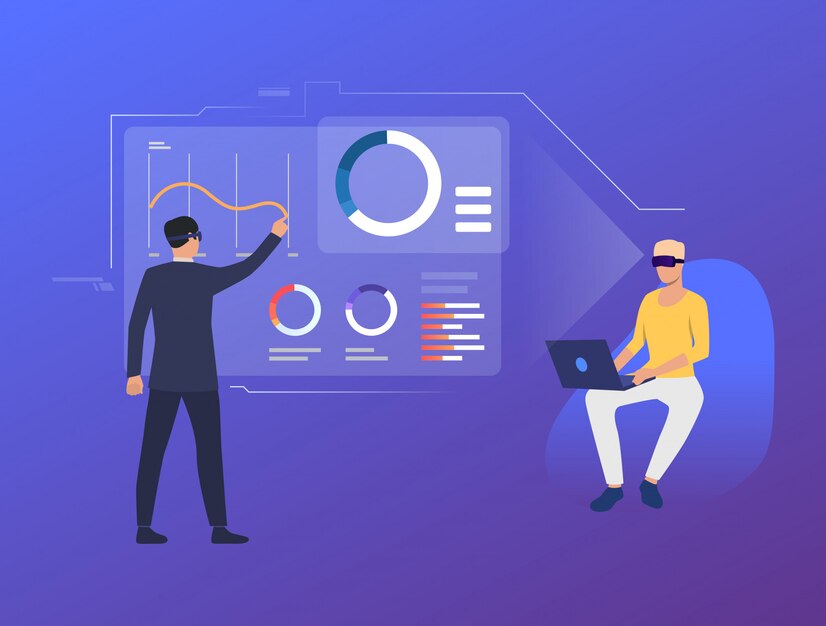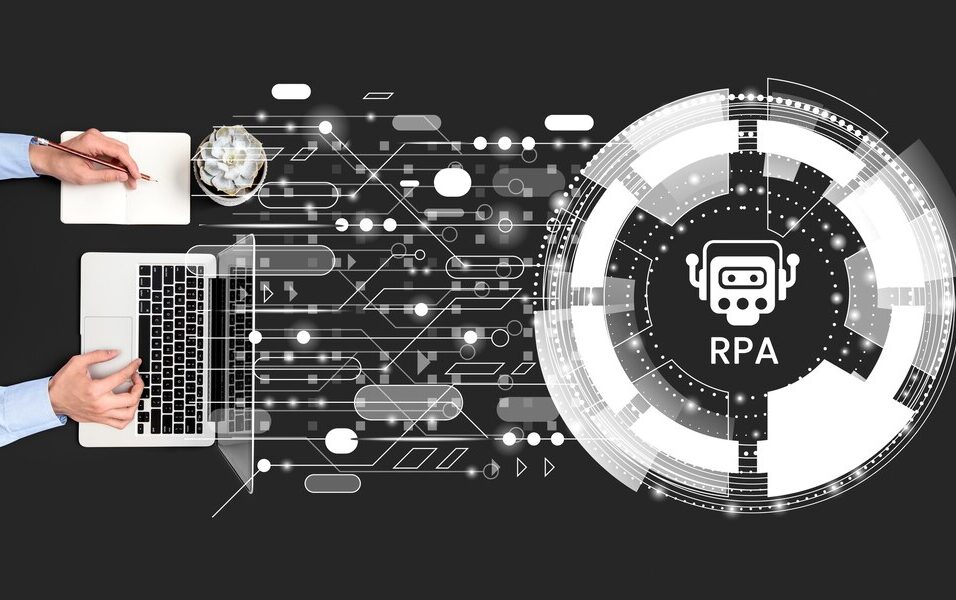Introduction
Deploying machine learning (ML) models into production is a major milestone, but ensuring they perform reliably over time is an ongoing challenge. Unlike traditional software, ML models are dynamic and can degrade in performance due to data drift, model drift, or adversarial inputs. Monitoring AI in production requires tracking the right metrics, leveraging robust tools, and having an efficient incident response plan. This article explores the key metrics, tools, and best practices for monitoring ML systems to ensure optimal performance and reliability.
Key Metrics for Monitoring AI in Production
Effective monitoring starts with defining the right metrics that measure model performance, data consistency, and infrastructure health. Here are the key categories:
1. Model Performance Metrics
- Accuracy, Precision, Recall, F1-Score: Standard metrics for evaluating classification models.
- Mean Squared Error (MSE), R-Squared: Common for regression models.
- AUC-ROC, Log Loss: Measures for probabilistic classifiers.
- Prediction Confidence Scores: Helps detect anomalies or uncertainty in model predictions.
2. Data Drift and Model Drift
- Feature Distribution Shift: Compares production data distributions with training data.
- Concept Drift: Detects changes in the relationship between features and target variables.
- Population Stability Index (PSI): Measures how much feature distributions deviate over time.
3. Latency and Throughput Metrics
- Inference Latency: Measures the time taken for a model to return a prediction.
- Request Throughput: Number of inferences per second/minute.
- Time-to-Live (TTL) for Predictions: Ensures real-time models provide fresh insights.
4. Resource Utilization Metrics
- CPU and GPU Utilization: Helps track computational efficiency.
- Memory Usage: Detects potential memory leaks.
- API Rate Limits: Ensures models scale efficiently with demand.
5. Ethical and Bias Metrics
- Fairness Indicators: Detects bias in model predictions across demographic groups.
- Explainability Scores: Uses tools like SHAP and LIME to interpret model behavior.
Tools for Monitoring AI in Production
Several monitoring tools help detect performance degradation, infrastructure bottlenecks, and data inconsistencies in production ML systems. Here are some widely used ones:
1. Open-Source Monitoring Tools
- Prometheus & Grafana: Used for infrastructure monitoring, collecting model inference latency, memory usage, and hardware utilization data.
- Evidently AI: Monitors data drift, model drift, and performance degradation in real-time.
- MLflow: Tracks experiments, model versions, and deployments, offering a central place for logging metrics.
- Fiddler AI: Provides explainability and bias detection insights for ML models.
2. Cloud-Based Monitoring Solutions
- AWS SageMaker Model Monitor: Detects concept drift, bias, and performance degradation in models deployed on AWS.
- Google Vertex AI Model Monitoring: Automates drift detection, fairness audits, and alerting for models deployed on GCP.
- Azure Machine Learning Monitor: Tracks model accuracy, drift, and data consistency on Azure-based ML deployments.
3. APM (Application Performance Monitoring) Tools
- Datadog: Monitors application performance and logs, helping diagnose model failures.
- New Relic: Provides AI-driven observability for ML-based applications.
- Sentry: Captures real-time errors in AI-driven services.
Incident Response for AI Failures
Even with robust monitoring, ML models can fail due to unexpected conditions. A well-defined incident response strategy ensures minimal downtime and quick recovery.
1. Establish an AI Incident Response Team
- Data Scientists: Analyze model failures and determine corrective actions.
- ML Engineers: Handle infrastructure, deployment, and rollback strategies.
- DevOps/SRE Teams: Manage alerts, logs, and system stability.
- Ethics & Compliance Officers: Ensure fairness and compliance in AI-driven decisions.
2. Automate Alerts and Notifications
- Set up threshold-based alerts for key metrics (e.g., if accuracy drops below 80%).
- Use anomaly detection systems to catch deviations in data patterns.
- Implement Slack, PagerDuty, or Opsgenie notifications for real-time alerting.
3. Implement an AI Incident Playbook
- Step 1: Diagnosis: Identify if the issue stems from data drift, model drift, latency, or infrastructure failure.
- Step 2: Rollback or Retrain: If a new model is failing, rollback to the last stable version while diagnosing issues.
- Step 3: Data Investigation: Check for missing values, bias, or adversarial attacks in the dataset.
- Step 4: Logging and Reporting: Maintain an AI incident log for future prevention.
4. Continuous Improvement & Post-Mortem Analysis
- After resolving an incident, conduct a post-mortem to analyze the root cause.
- Update monitoring systems based on lessons learned.
- Regularly retrain models with fresh data to prevent degradation.
Best Practices for AI Monitoring and Reliability
To ensure a robust AI monitoring system, organizations should follow these best practices:
- Adopt MLOps Practices: Integrate CI/CD pipelines for ML models, automating monitoring and retraining.
- Implement Feature Stores: Standardize feature engineering and ensure consistency across training and production.
- Use Synthetic Data for Stress Testing: Simulate extreme scenarios to evaluate model resilience.
- Ensure Regulatory Compliance: Align AI monitoring with GDPR, CCPA, and HIPAA guidelines for data privacy.
- Foster AI Observability Culture: Encourage teams to actively monitor and improve AI models through feedback loops.






Leave feedback about this